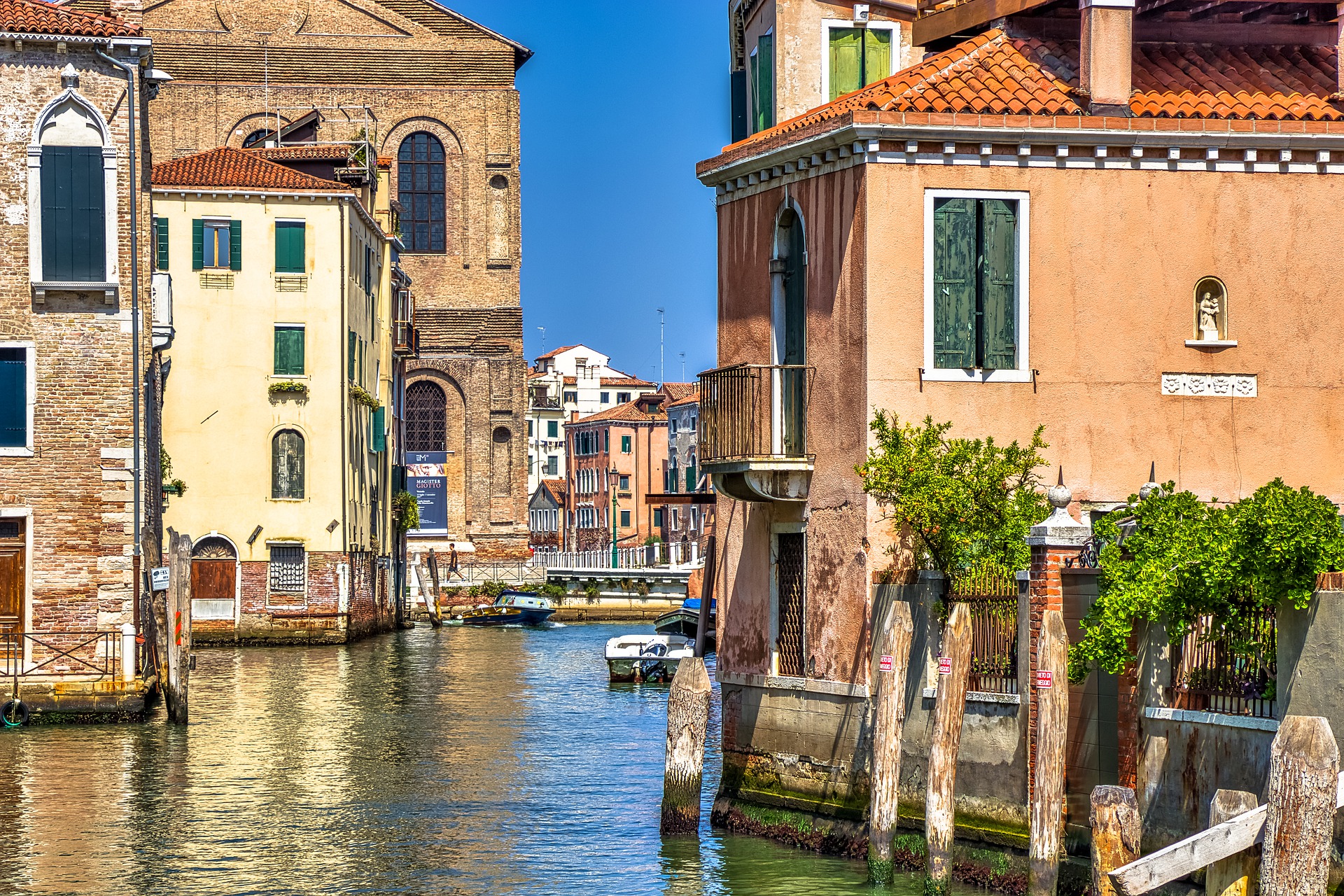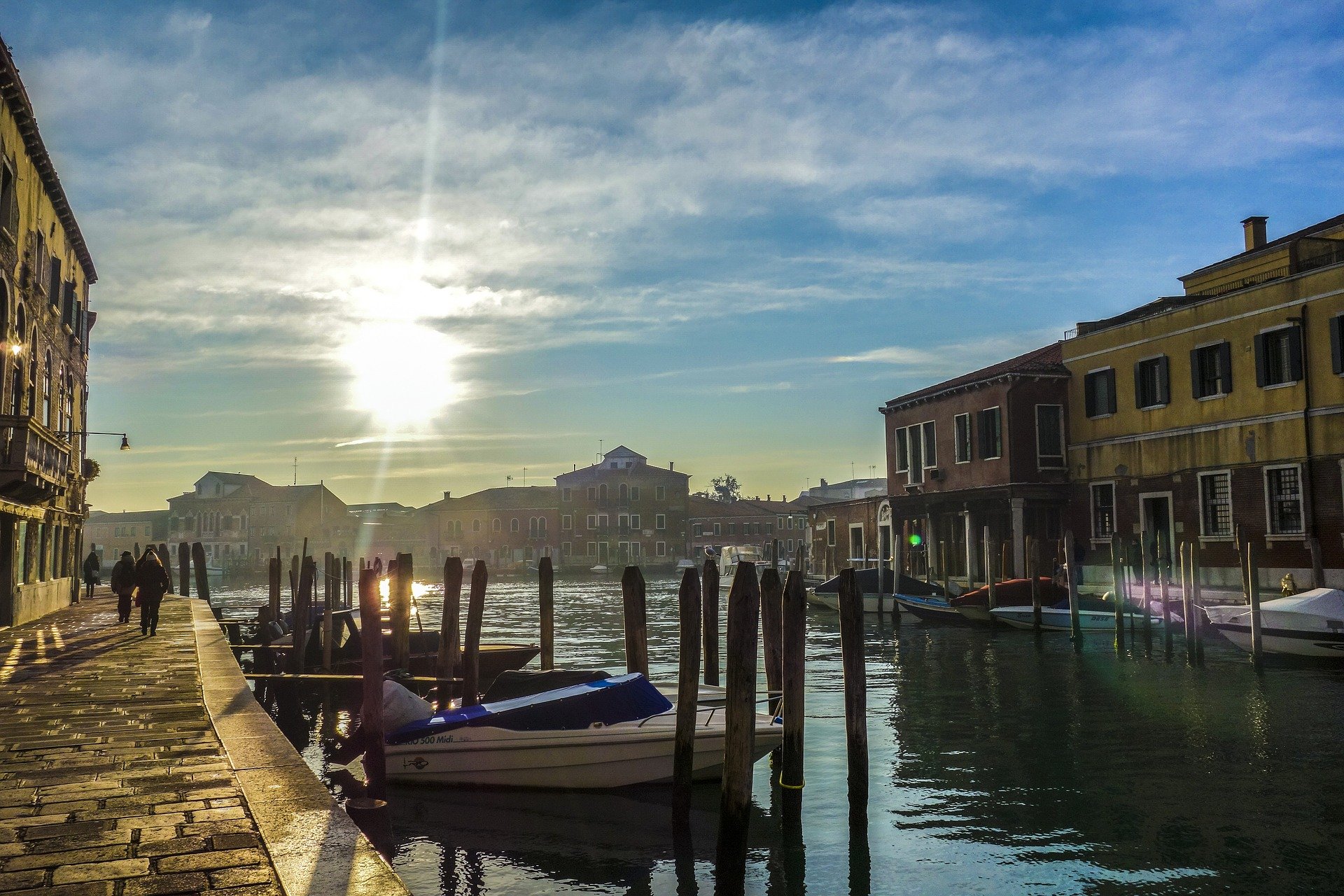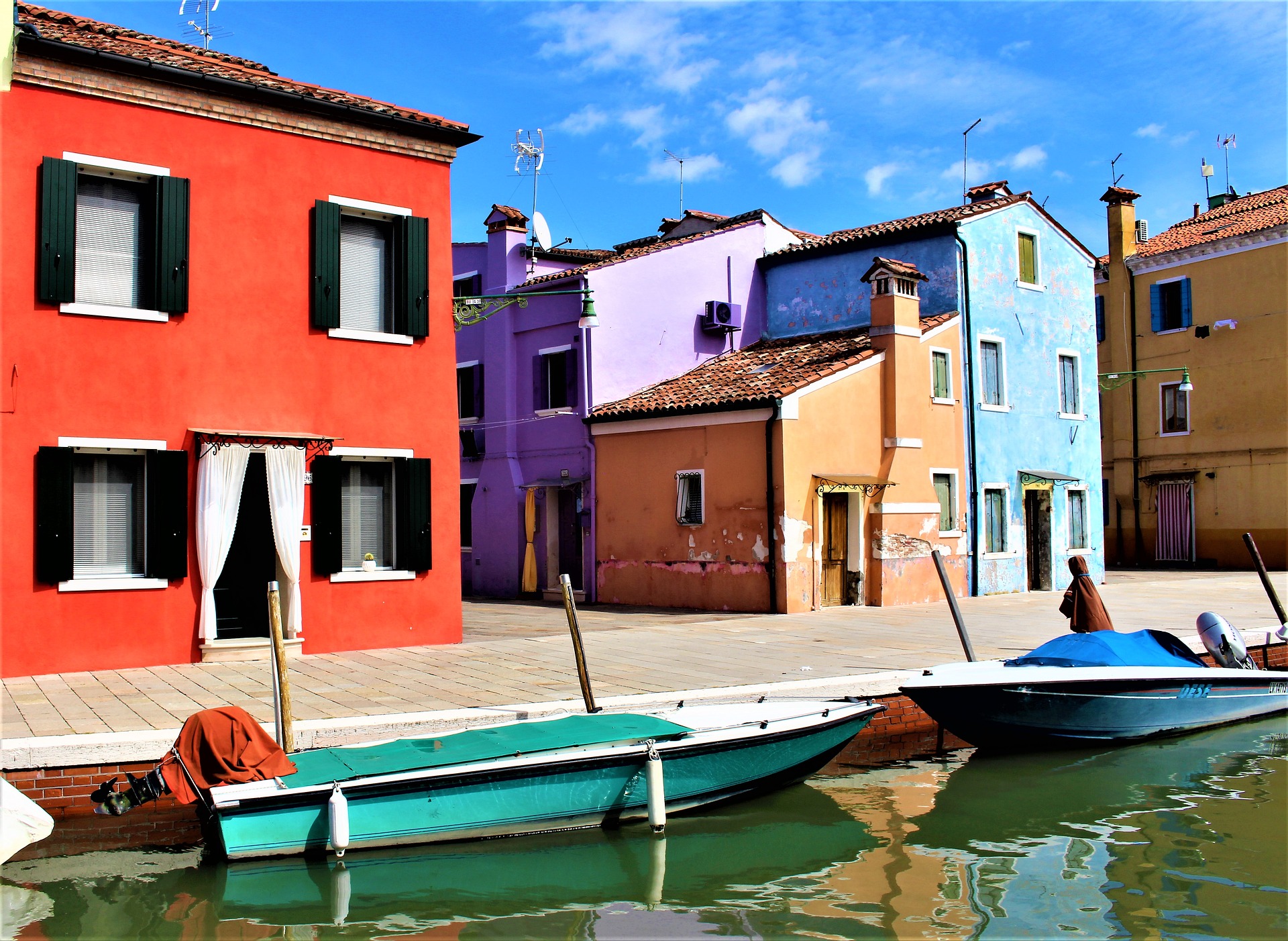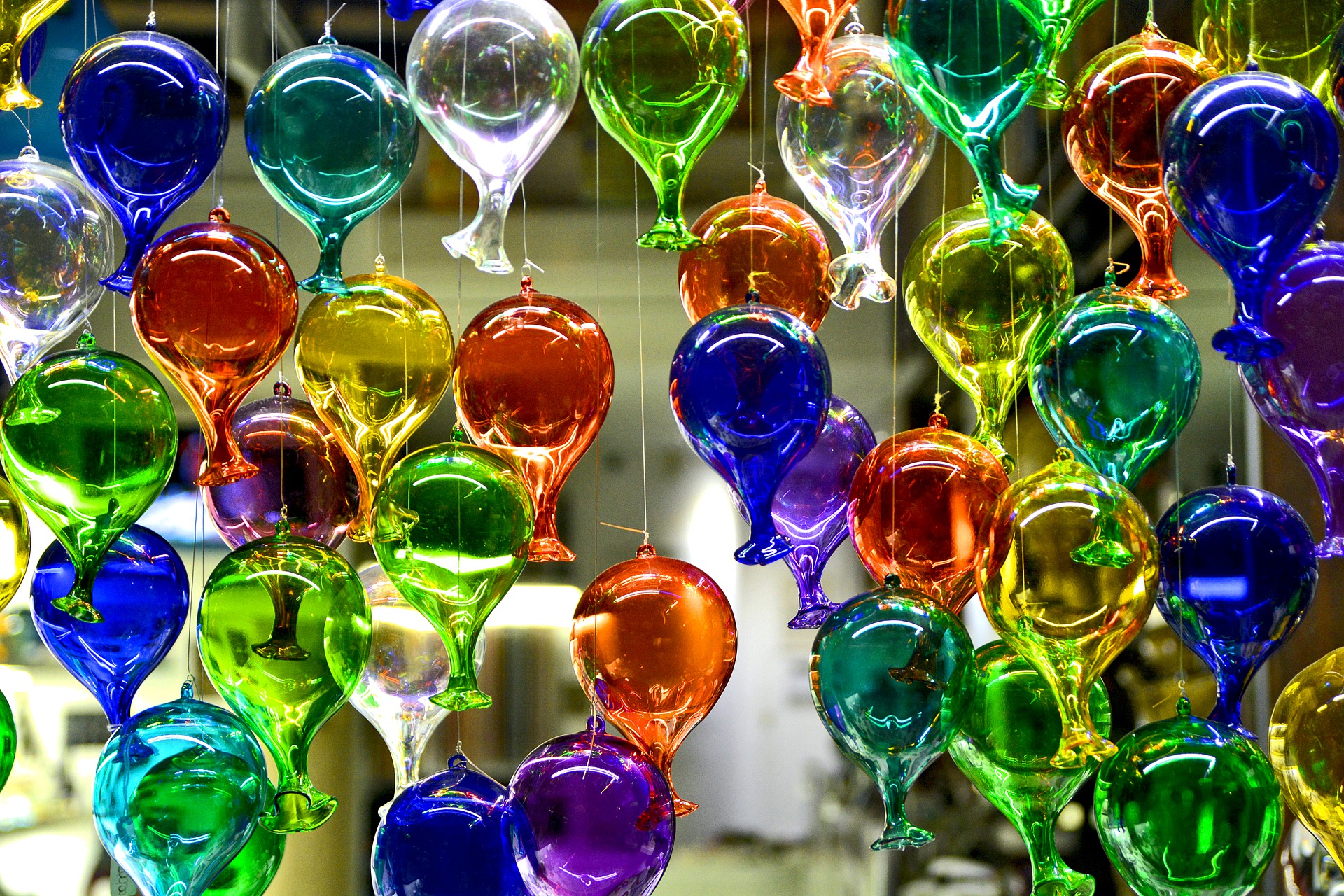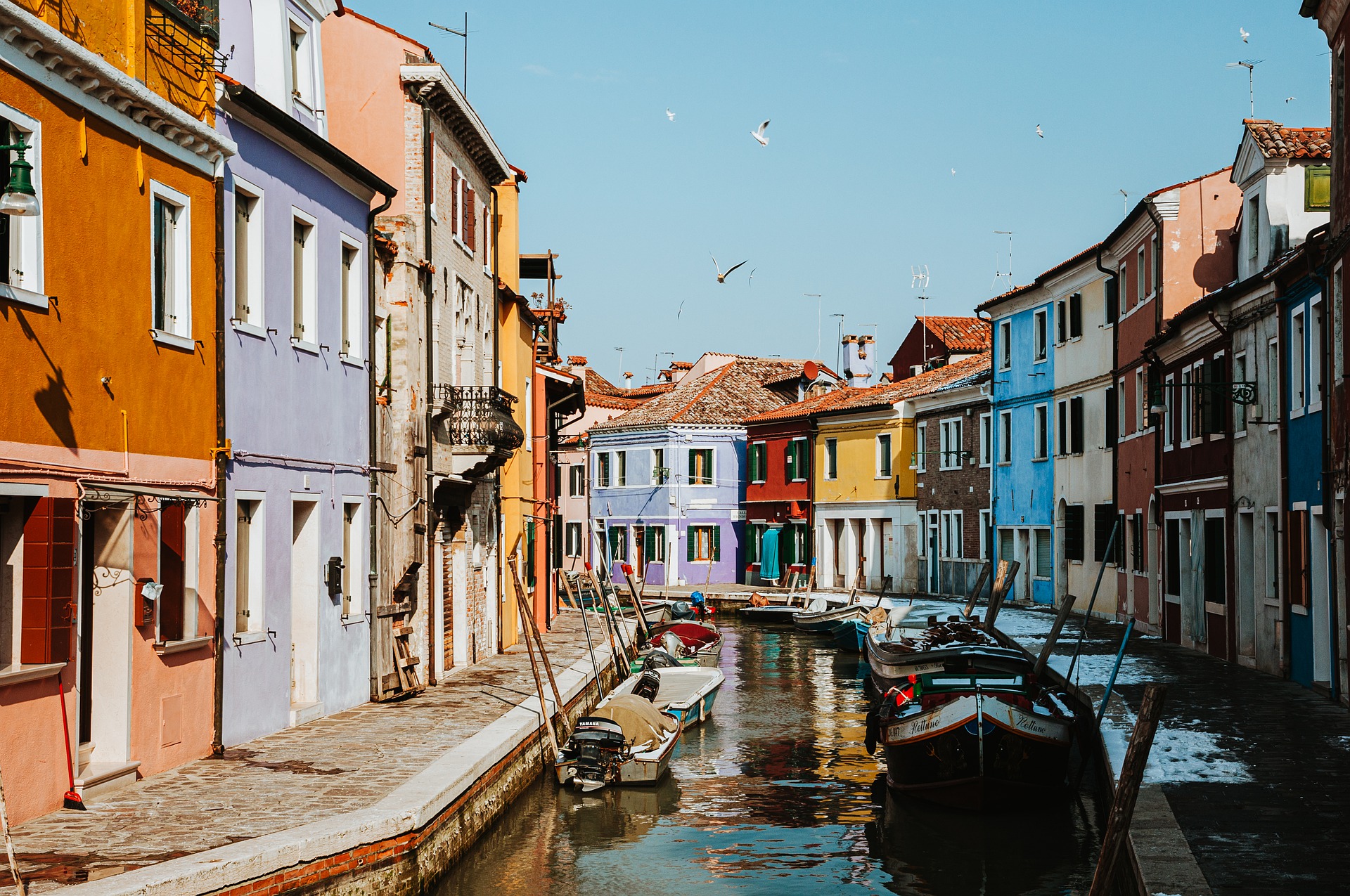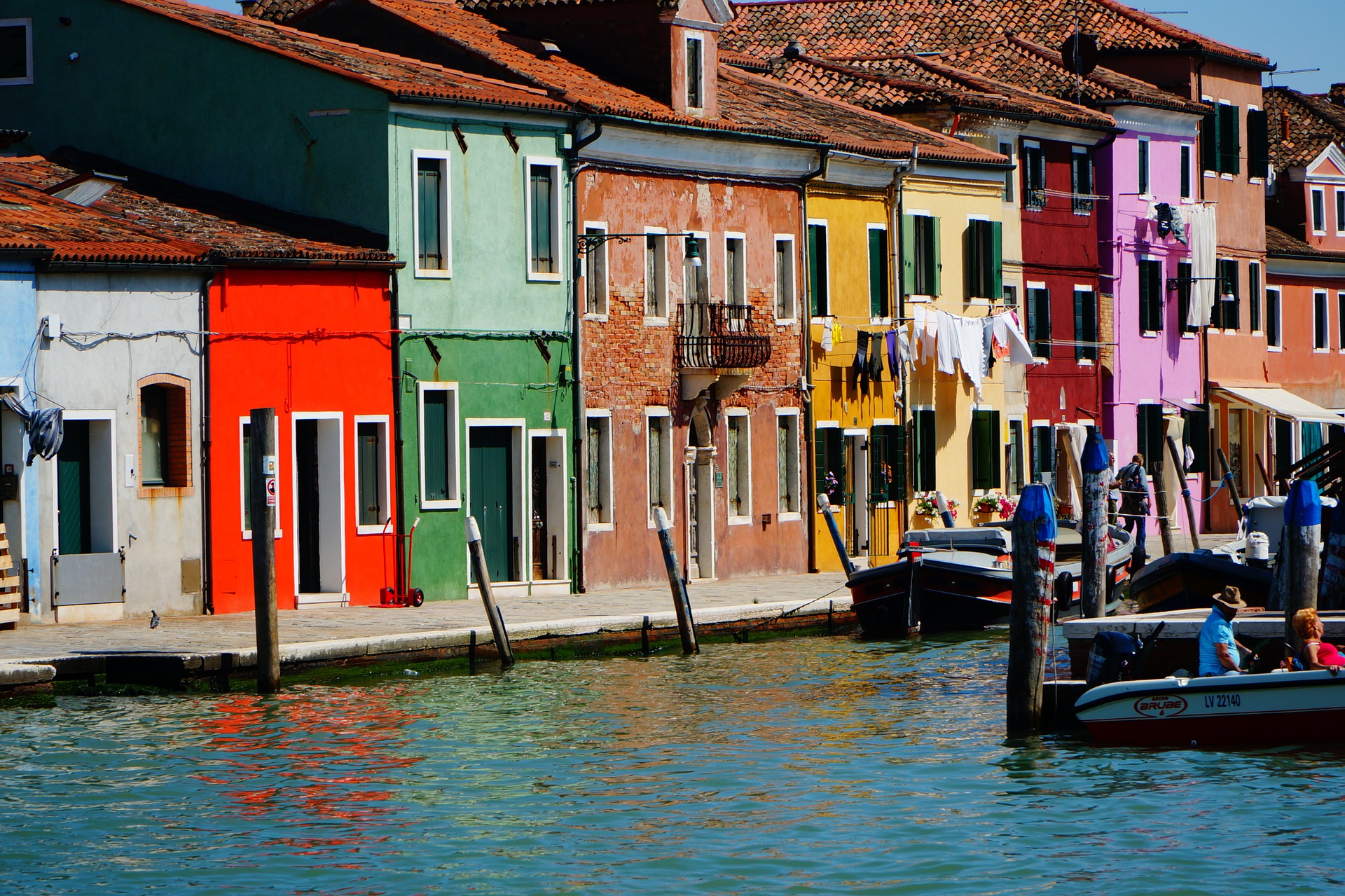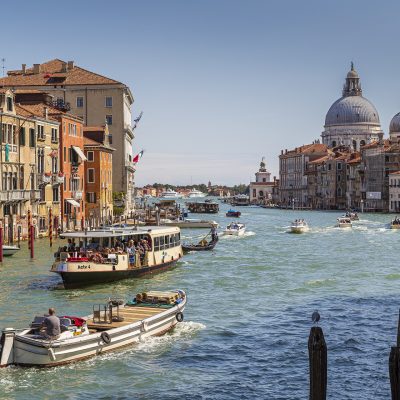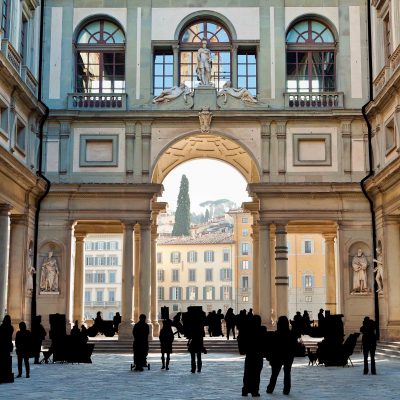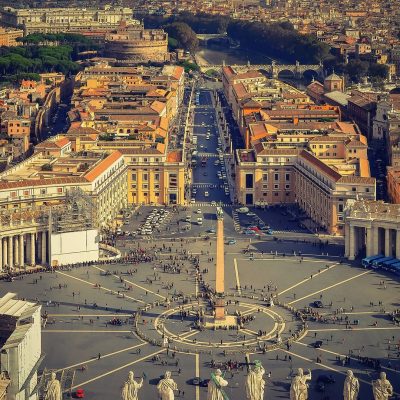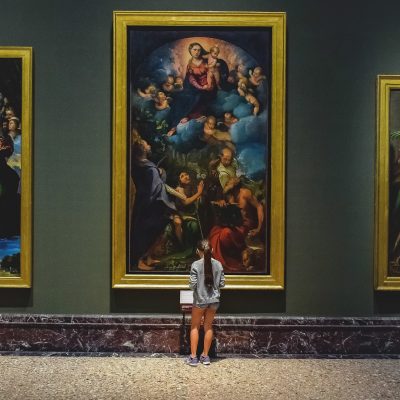Islands of the Venice Lagoon
We invite you on a fascinating walk around the islands of the Venetian Lagoon Murano, Burano and Torcello, characterised by an authentic atmosphere on each of them.
Of all the islands in the lagoon, Murano is the most famous and most visited. It attracts tourists from all over the world with its long tradition of glassmaking and glass craftsmanship.
Glass craft workshops, where you can watch the process of glassmaking and even try your hand at it, are the most noteworthy reasons to visit the island. The secrets of the glassblowers are still handed down from father to son. In times gone by, their skills were so valued that they were allowed to marry off their daughters to members of noble families. The price was high: glassblowers were forbidden to leave the island in order to maintain professional secrecy. There is a Glass Museum on the island, as well as one of the oldest churches in the Venetian lagoon: the Basilica of Saint Mary and Saint Donato, whose history dates back to the 7th century. A visit to the island will show you its history, take a peek inside the workshop and see for yourself how beautiful pieces of coloured glass are made.
Burano is famous for its colourful little houses nestled along the canals. You feel as if you're entering a colourful world that exists within a kaleidoscope. Once upon a time, the island was inhabited by fishermen and fishing was the main occupation of the islanders. Nowadays, there are few fishermen left and the island lives from season to season through tourism. As well as colourful cottages, it is famous for its lace goods. Small family-owned shops sell lace magnificence that leaves you spellbound and unable to decide on what to buy - you want it all, plus a pretty white dress with lace trim.
Torcello is a verdant lagoon island unlike the previous two. It was the starting point for the history of Venice: it was the centre of pre-Republic of Venice at the dawn of the Middle Ages, with buzzing life, commerce and, in its heyday, a population of 20,000. Hardly anyone lives there these days, barely a few dozen people. The atmosphere is very special and mystical: time seems to stand still or move at a different pace according to its own special laws. From the jetty, visitors slowly make their way towards the centre, curiously looking around the sparse restaurants nestled under the shade of the trees. The atmosphere is idyllic and it seems to have always been this way: the canal, the almost wilderness, the islets of life in the form of restaurants and the bridge built by the devil himself overnight.
The central part of the island testifies to its former splendour: the 7th century Cathedral of the Assumption of the Virgin Mary has ancient mosaics and next door is the 11th century Church of St Fosca. Attila's stone throne in the centre of the square attracts the attention of those who want to take a picture on it. Don't be too quick to strike an easy pose, though: even centuries later, the formidable Hun leader demands respect and veneration. In fact, the thousand and a half year old throne has been used by the bishop or ruler of the island in meetings and court proceedings. Present and past, history and legend are closely intertwined here and still stir the imagination, drawing attention to the island.
Treat yourself: book a stroll in the gentle sea breeze along the waters of the lagoon, combined with a walking tour of the three most interesting islands!

